Every night, I read at least three picture books to my son before bed. Often, it’s the same few books over and over, with new ones I’m into sprinkled in if I can convince my four-year-old to put away one of his old faithfuls. I have so many opinions about what makes a picture book good, I think especially because I write poetry, and the best picture books feel very closely related to poetry to me. But it’s interesting to parse out those ideas in real time, and through repetition. It’s also interesting to read the not-so-good picture books over and over too (because my son loves them so much), so much so that sometimes the good in them reveals itself. I like to ask him what he likes about a book. Sometimes his answers are straightforward, sometimes he says something like what he said last night about Addie Meets Max by Joan Robins, which he has requested every night for the past week or so — “It’s just nice, mama!”
I really like the length of easy readers or I Can Read books. I struggle with long picture books with a lot of text, and my son does too. The time will come later for the Patricia Polacco’s and the ilk (which I vividly remember from my own childhood). At this point, the shorter the better, without being too simple. My son likes a story, and I do too. It’s a funny feeling to let him go ham at the library and pick out a bunch of books that I can tell won’t live up to our high standards. We take them home, he enjoys paging through them, I read them maybe once or twice — but I take it upon myself to supply the books I suspect he will really like. The mother, book curator. There’s a special satisfaction in pleasing my child with a book, especially if it is a book that pleases me too. That interesting dance of mutuality — not wanting to force my opinions onto him, but feeling that burst of happiness when we find ourselves on the same page of delight. As he gets older, this becomes more and more a part of our life together. Giving him space to be himself, and trying to offer my true self back to him whenever I can. Letting him know when I like something. Being ok if he doesn’t like it too. And being ok, too, when he likes something that I don’t. I’m happy to read his somewhat boring lift the flap book about Tonka Trucks every night of his entire childhood if that’s what he needs, because I love him endlessly.
The thing that has mattered to me most, though, is seeing parents and domestic spaces written and illustrated with care and attention in picture books. The mom in the kitchen, the dad expressing his feelings carefully. The drama always belongs to the child, but the caregivers play such an important supporting role, always there in the background, keeping the world spinning so the child’s story can unfold. I’m thinking of Addie’s mom in Addie Meets Max which I mentioned earlier. Addie goes to her for advice, even exaggerates and bends the truth a little, and her mom accepts it without judgement. You see Addie’s mom in several frames working or cooking in the kitchen, a calm presence as Addie figures out how to feel about her new neighbor.
I could see a little of myself in Addie’s mom (the typewriter!), and that has meant something to me. That little mirror, that I know is important for kids when they read picture books. It’s important for parents too.
The other example of this feeling that instantly comes to mind, is the dad from
Wahl’s The Blue House, which I think is one of my very favorite picture books. I never ever get tired of reading it, no matter how many nights in a row it is requested. In the book, a dad and his son are forced to move because their landlord has sold their house, and then the house is torn down so the land can be developed. You see the closeness between the dad and son, and get the sense that all they have is each other. You see the dad’s worry and grief, which he is careful not to burden his son with — but also his honesty. After Leo has shut himself in his room for a while, full of anger and sadness, his dad accepts and affirms his feeling by confessing that he’s angry too. Then they dance and sing to loud music together and both feel better afterward. That unity is so beautiful. It’s that mutuality I mentioned before!But the page that I feel the hardest is when the dad is holding his son in their new house. The son says “I hate it,” and the dad says, “That’s ok,” staying with him through the bad feelings, probably feeling really bad too. He doesn’t try to convince his son that the new house is awesome. He doesn’t try to shake it off. He stays. Every time I read that page, I take a deep breath, and feel a little held by it as a parent. I think, this is hard. I think, I can do it.
The other picture book person that I feel a special connection to is good old Miss Clavel. Oh, that perennial “SOMETHING IS NOT RIGHT.” The image of her sitting up in bed without her habit on, willing to go deal with whatever nonsense is happening. Her beautiful devotion to all of those little girls, the sadness under the story that is never acknowledged outright but that I feel every time I read Madeline or any of the sequels. (We’ve been partial to Madeline’s Rescue recently). She is there for them. She never lets them struggle in the dark alone.
All of these characters encourage me, help me feel a little more emboldened to parent in the way I want to parent — and in a way the story acts as a parent too, reminding me of a world that I find good and beautiful, and where I might belong in it. Like I said before, the book acts as a mirror, shows my own life, my own parenthood, my own domestic spaces and children and dog and story, back to me, as something true. It allows the quiet drama of children and parents to be important, and story worthy! That’s huge. Picture books do that for children. I don’t know that they mean to do this for adults too, but they do.
I have to remind myself that the picture books I read with my child every night are real reading. Sometimes it is the only reading I do on any given day. These books are books, and they are also art, and interacting with them regularly is no small thing. It’s easy to forget that, to think of the reading as just another caregiving task before the brief burst of aloneness I experience after bedtime, when I might get to read a few dozen pages of the novel I’m working through. But the picture books we read, especially the ones I really love, offer real literary value, and engage my mind at the end of the day in a way that is really meaningful. It allows me to feel, and to listen. It offers something to sit with and take in and see. Children and parents, nature and animals, silly things, sad things, the whole world.
I decided to write about this today because I have been feeling really really anxious about the ways the world is changing. I have been feeling really bad, and, honestly, speechless. I was trying to think about the clear parts of my day, the moments when I feel a little bit safer, a little less scared and horrified and worried. What came to mind was exercise, cooking, taking care of my kids, being near my husband — and picture books. The picture books are holding me right now, in a world that belongs to children. The safety of the story, the wholeness of the little world it offers in the book’s pages. I slip into the books and rest a moment inside of them. I wish safety and comfort for every person. This is where I am finding the compassion and wholeness I am longing for, night by night, little by little. What we read to children might be what we need ourselves.
My son and I read Here We Are: Notes for Living on Planet Earth by Oliver Jeffers for the first time the other night and I found it particularly encouraging for this moment in time.
A few other all time favorite children’s books that come to mind while writing:
Farmhouse by Sophie Blackall (a work of art)
Little Witch Hazel by Phoebe Wahl (excited for the sequel)
20 Questions by Mac Barnett + Christian Robinson (so fun for parents and adults)
Goodnight Moon by Margaret Wise Brown (obviously)
The Snowy Day and A Letter to Amy by Ezra Jack Keats (and all his other books too)
There are many others, these are just the ones that came to mind immediately.
Most of the picture books we read are from the LIBRARY. Please please support your local library. They have all the beautiful books, all for free. Many libraries no longer have fines. You can read 10,000 picture books from the library. So go there and use what they offer. Now more than ever. We need them. And they need us.
Last rec — if you haven’t come across it already Jon Klassen and Mac Barnett, whose picture books are consistently favorites, have a wonderful substack about the art and mystery of childrens books. What makes the beautiful, what makes them complicated. It’s been a highlight, lately. Read it here:
Also really enjoyed the interview they did recently on “The Mother of It All,” a podcast I really like. Find it here:
Please feel free to leave a reply with any thoughts, and I’ll take recs for your very favorite children’s books! I’ll request them from the library! Always ready to read more.
Take care of yourself, things are heavy right now.
All my love,
Amy





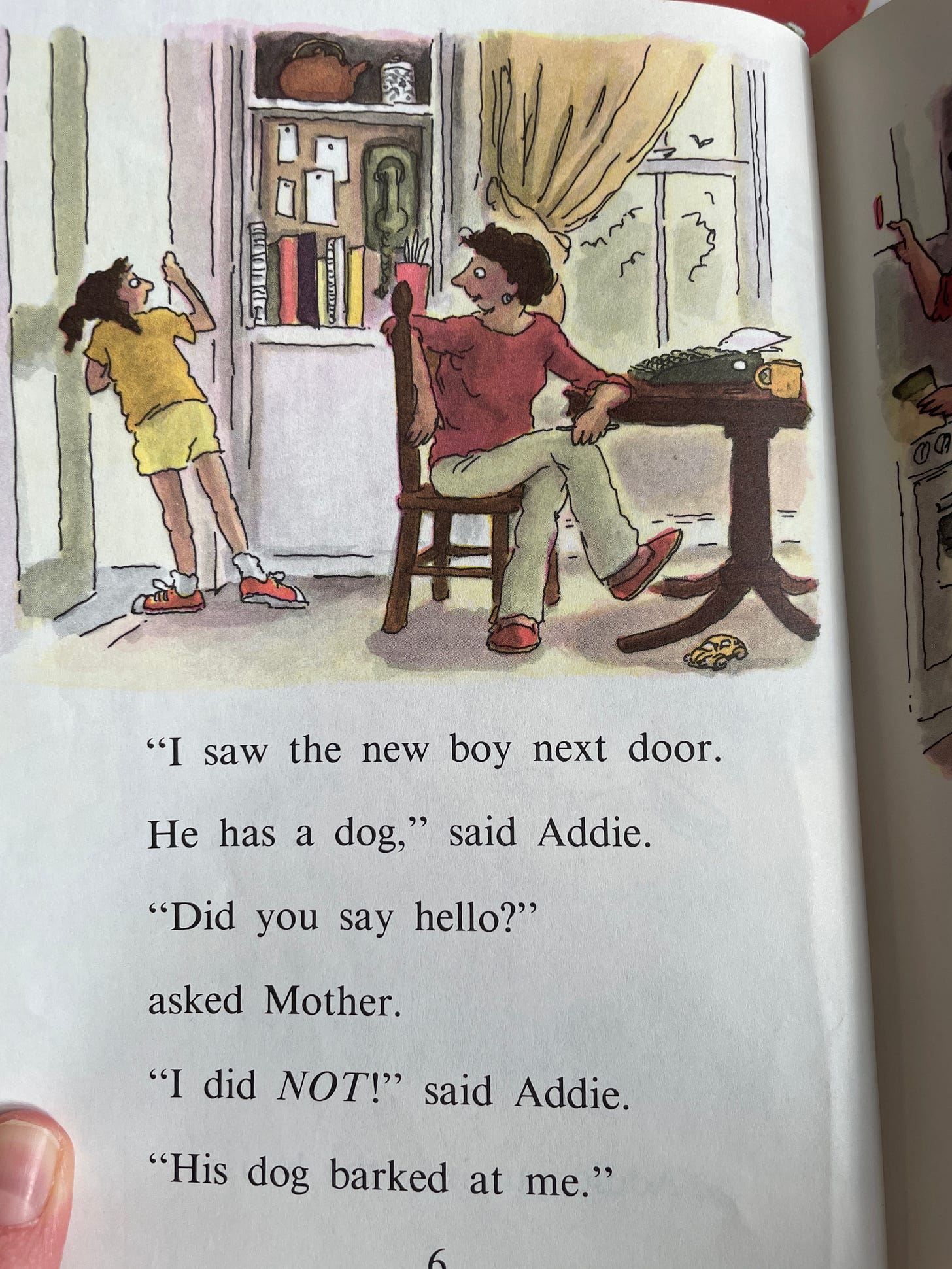
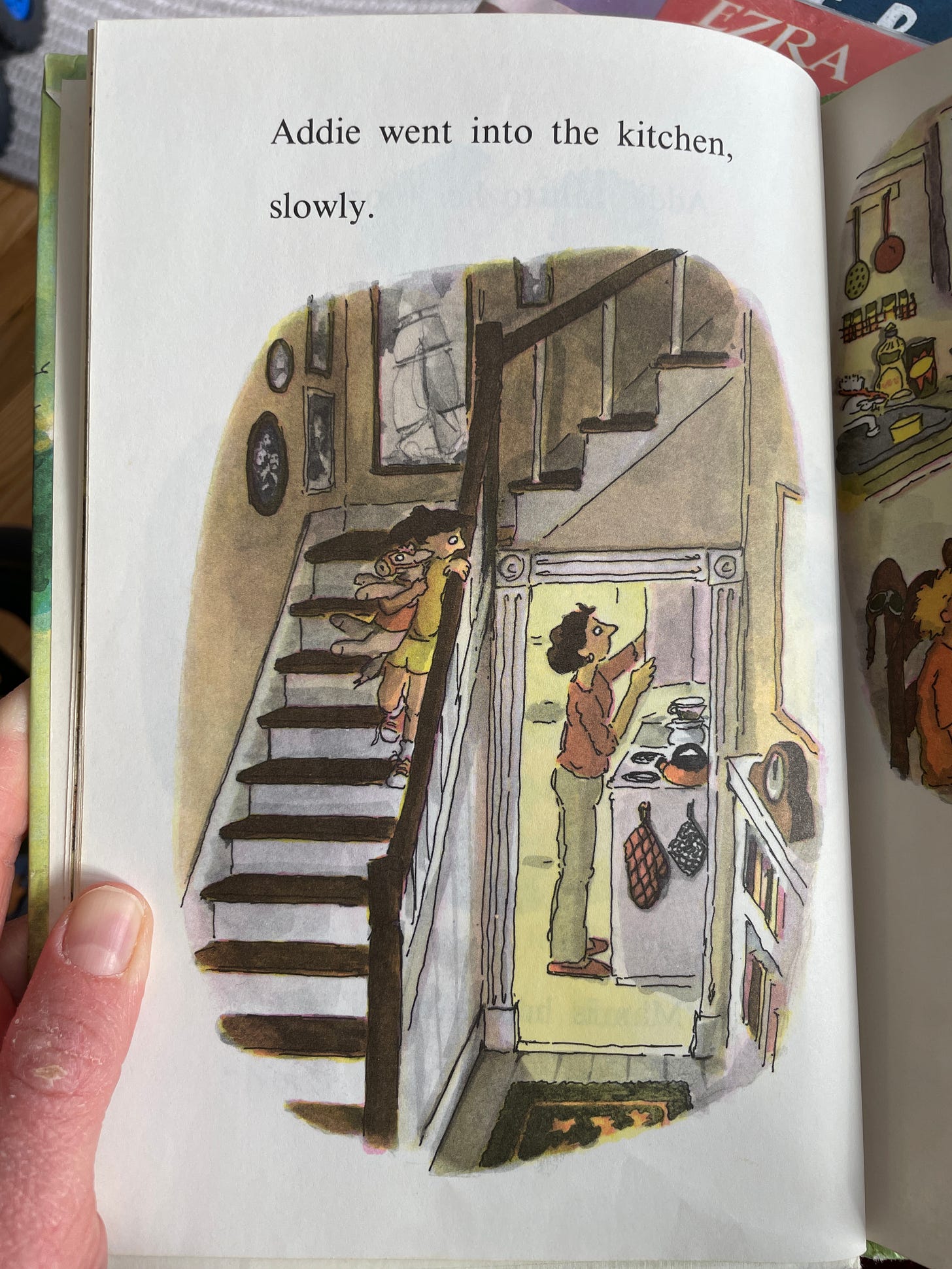
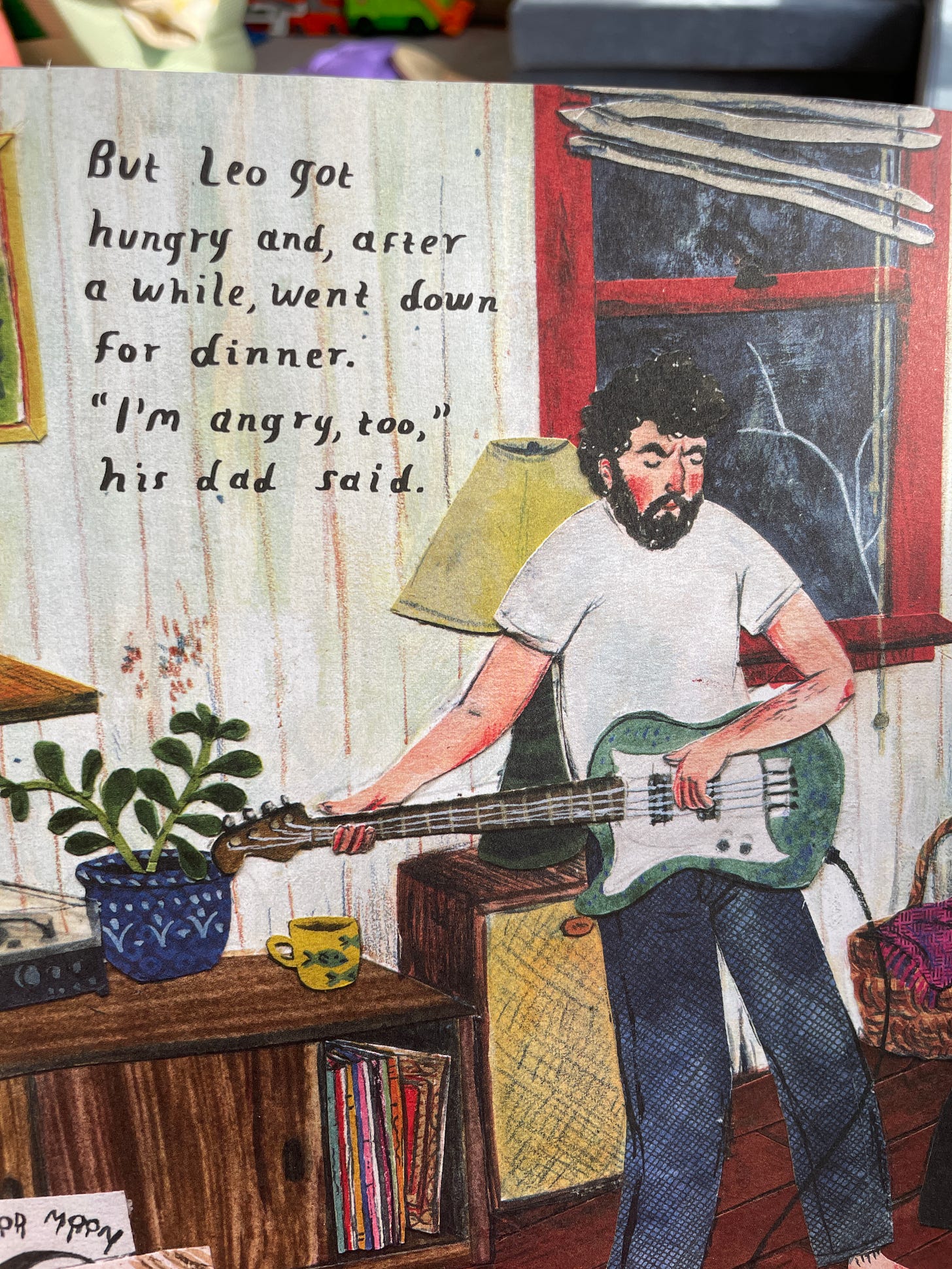
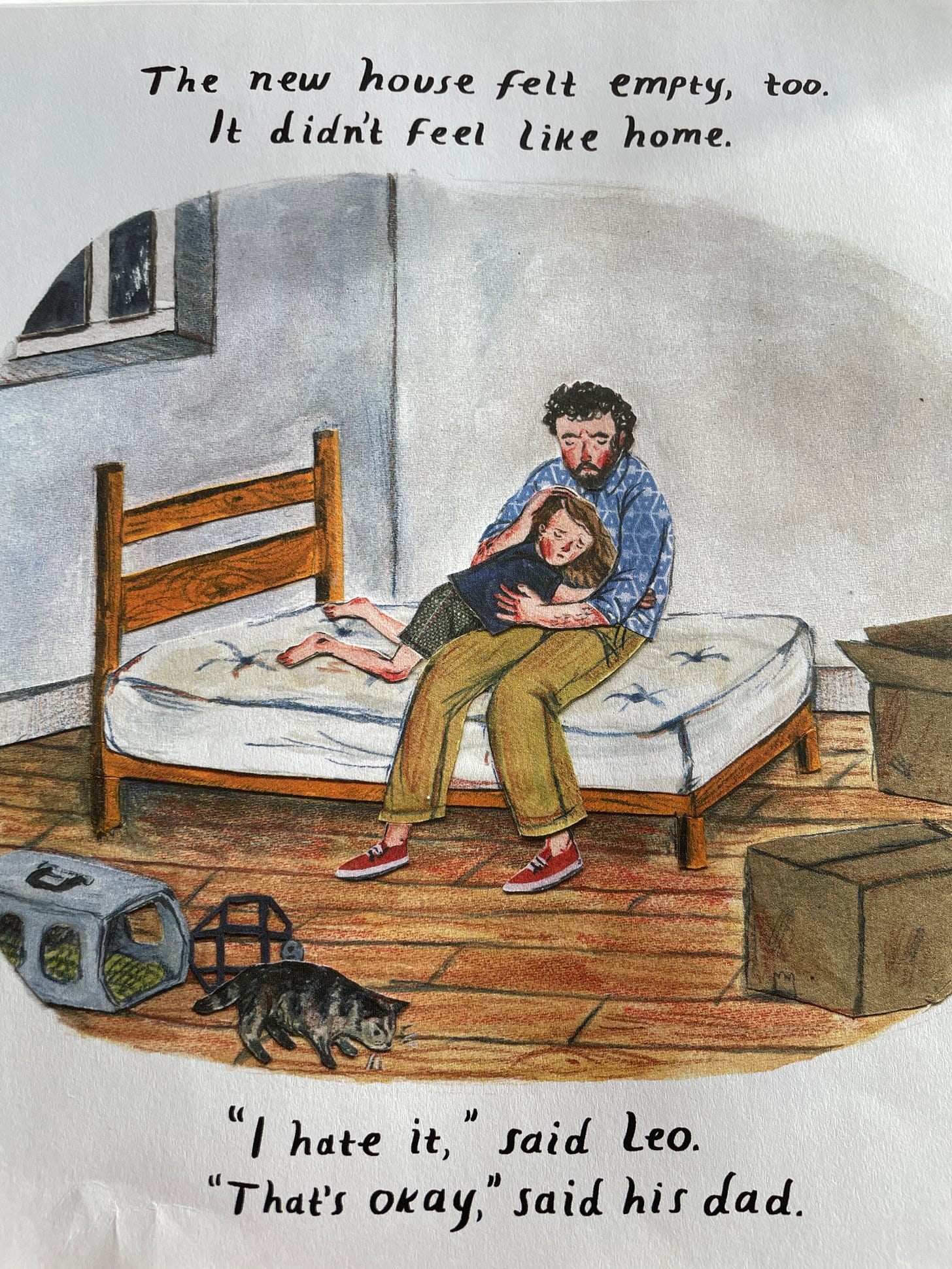
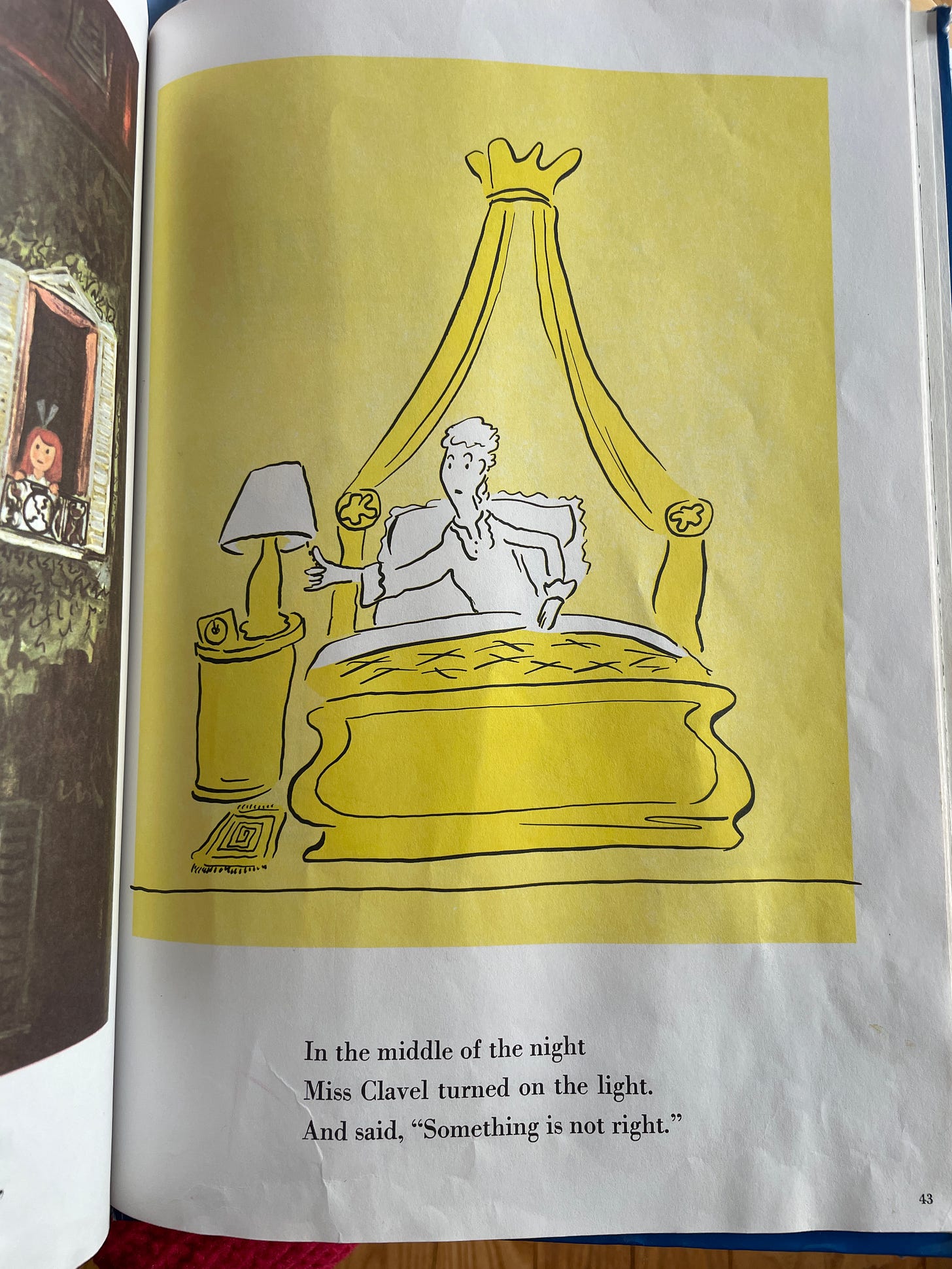


I love the Shirley Hughes books for the amazing drawings depicting everyday clutter in the background of mild child-centered dramas (any Alfie book and the Nursery Collection especially). I see the parents co-existing with the wet boots, mid-play toy spread, and dishes still on the table, and I exhale. Happy Winter by Karen Gundersheim for the domestic details, just a little background mama support, and winter fun (we live in Minnesota). Henry and Mudge easy readers. Jill Barklem's Brambley Hedge stories. And as a fellow sewist, I suspect you'll appreciate My Button Box by Margarette S. Reid. Cheers and here's to our local libraries and librarians!
Waiting by what's-his-face Henke, and Where the Wild Things Are by Maurice Sendak (obviously?) (well, and many others by him).
Gah! I miss reading to my boys (at 19 and 21, they don't want that from me anymore)! Such a precious time of mothering.